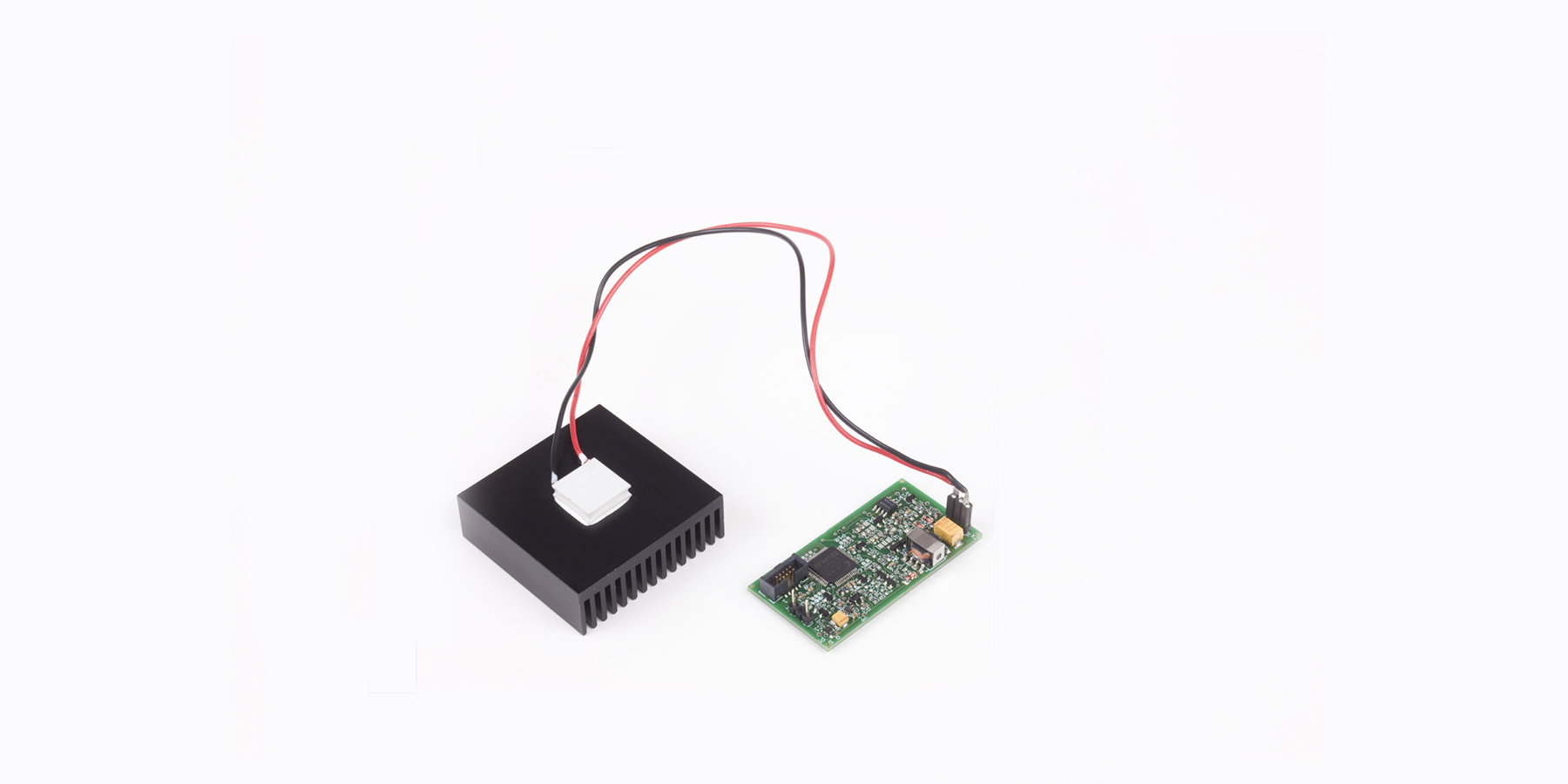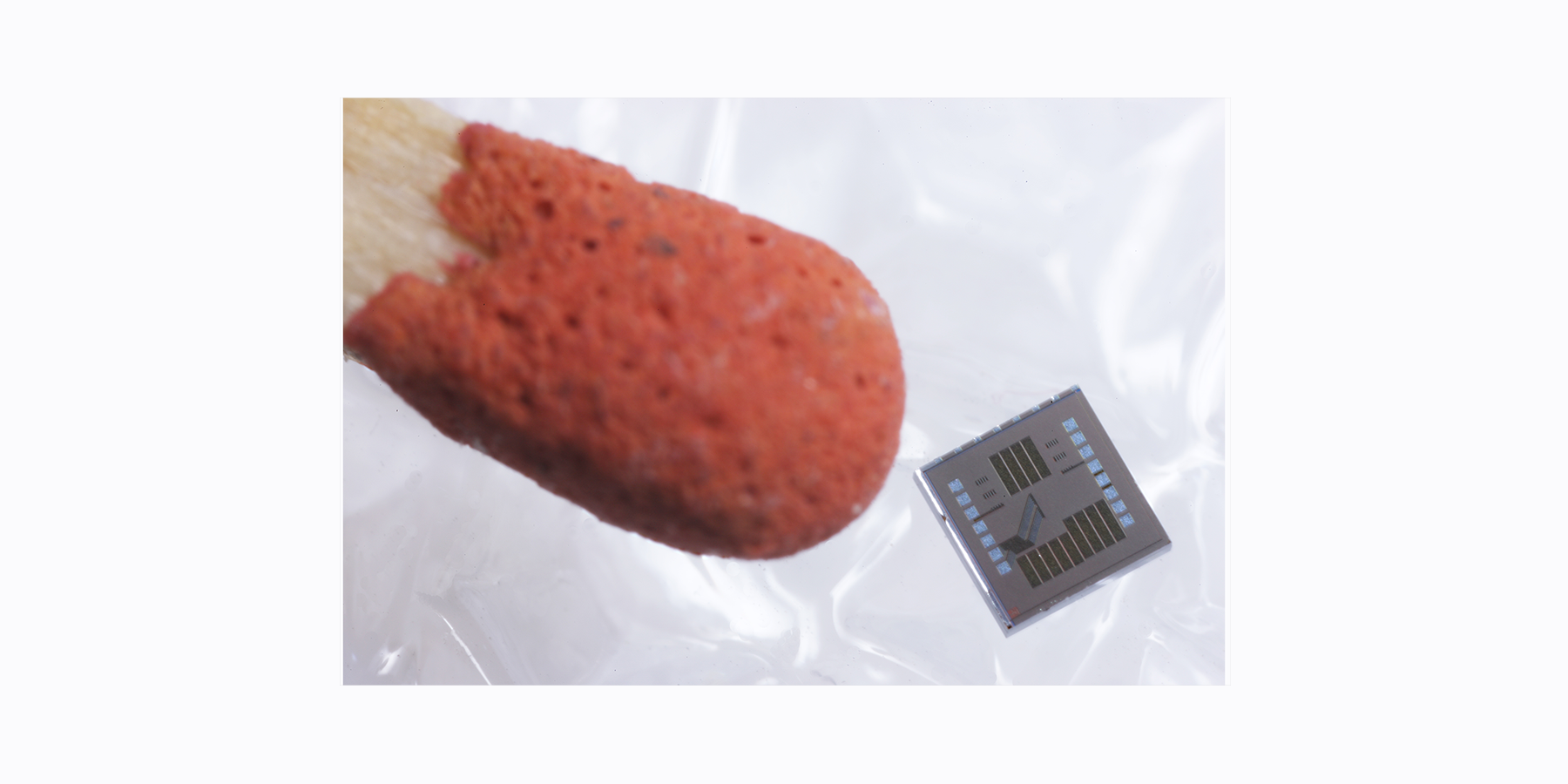Energy Management System, Energy Harvesters and Energy Storage
Initial aim
Energy harvesting is applied in the microMole project to extend the time between external recharge cycles of the battery. Thus, a thermoelectric generator will use the temperature gradient present in the sewage system to recharge the battery. Ambient conditions (e.g. temperature profiles) will be assessed through measurements in real-life conditions of the sewage system. This will foster a resource efficient and small-scale integration of the energy harvesting device in the proposed ring structure of the sensor. Furthermore, the sensors, actuators, microcontroller and communication modules are chosen with the aim of decreasing the energy consumption of the system.
The design of the thermo-electrical power supply is addressed by two complementary approaches. First approach involves the thermal path design from the thermal source to the thermoelectric device and further on to the cooling device. Material and geometry selection to maximize the thermal gradient at the converter will be aligned with the overarching housing concept developed in the project. The other approach involves the ASIC design of a DC-DC converter for bipolar low thermal gradients. Moreover, a maximum power point tracker algorithm will be implemented in a micro-controller to extract the maximum power from the thermoelectric generator.
Conclusions
The energy harvesting device including thermal path, thermal generator, heat sink and voltage converter was designed properly and it is working well under lab testing conditions.
During the course of the project, it was found that the usable thermal gradients in the sewage pipe are very small ( max 4.7 K, mean 1.9 K) and thus also the power output of the energy harvesting module in this scenario is very small (0,01- 1mW). On the other hand, the power consumption of the microMole device is much higher and the energy harvesting module is not able to cover significant parts of the power budget of the microMole device in this application.
So the concept of thermal energy harvesting in the sewage pipe device is no real option for the microMole device in its present performance and use-case.


